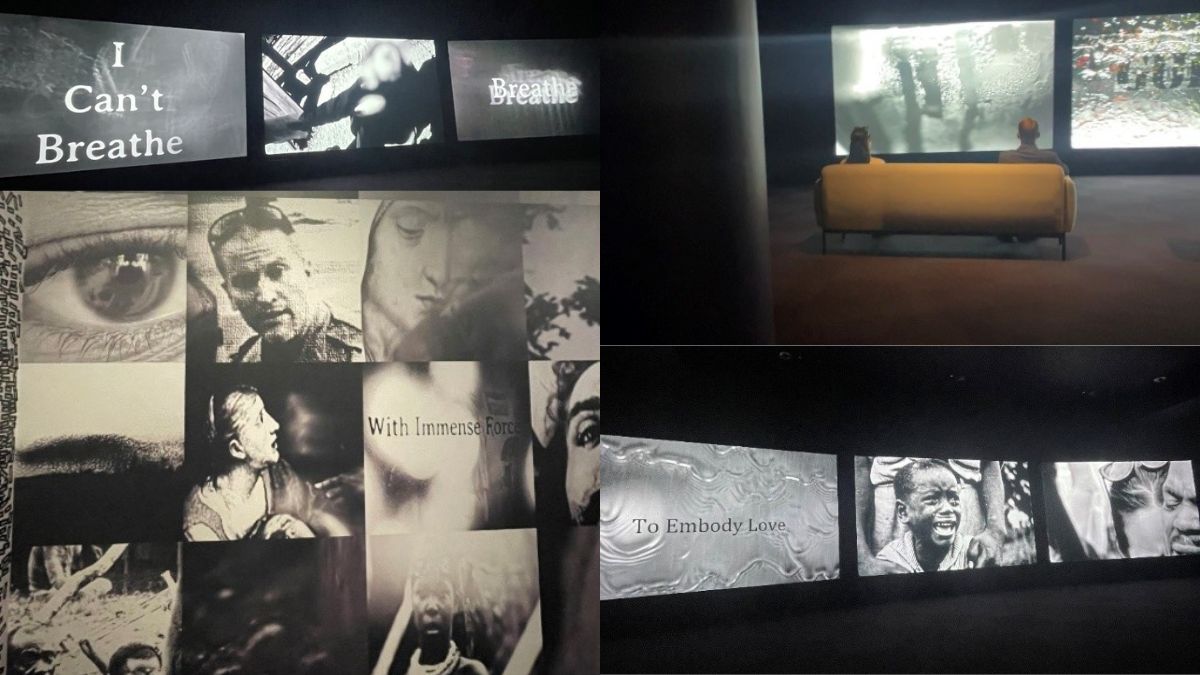The Trump administration has initiated a review of the Smithsonian Institution’s exhibits and narratives, responding to concerns that the museums emphasize slavery and oppression over American achievements. This review aims to realign the institution’s portrayal of history with a focus on national successes.
President Trump criticized the Smithsonian’s approach during a recent statement, asserting, “The Smithsonian is OUT OF CONTROL, where everything discussed is how horrible our Country is, how bad Slavery was, and how unaccomplished the downtrodden have been.” He indicated that his administration would undertake a process similar to one previously applied to colleges and universities to address perceived biases in educational narratives.
The Smithsonian, which describes itself as the “keeper of memory for the nation,” has faced scrutiny for its portrayal of American history. Critics argue that the emphasis on slavery and social justice narratives detracts from the broader achievements of the country.
In particular, the American History Museum has been highlighted for its exhibits that intertwine historical figures with discussions of slavery. For instance, a display about Benjamin Franklin’s scientific contributions reportedly includes references to his slaves, despite lacking evidence for some claims.
The National Museum of African Art has also drawn criticism for its film, “Five Murmurations,” created by Ghanaian artist John Akomfrah. The film addresses themes of racial injustice and the impact of the Black Lives Matter movement, which some critics argue promotes a negative view of America. Akomfrah described George Floyd’s death as having a “Christlike aura,” a statement that has sparked debate regarding the film’s messaging.
Supporters of the Smithsonian’s current direction argue that addressing historical injustices is crucial for understanding contemporary societal issues. They contend that acknowledging the past is necessary for progress and healing.
Conversely, critics assert that the institution’s focus on oppression overshadows significant American achievements and distorts the narrative of the nation’s history. They argue that this approach undermines the original purpose of the Smithsonian to increase knowledge and appreciation of American culture.
The National Museum of Natural History has also been criticized for its exhibits, which some claim promote a one-sided narrative regarding social justice issues. One section of the museum’s “Cellphone: Unseen Connections” exhibit features discussions on the role of cellphone footage in documenting alleged violence against minorities, without addressing the complexities of such narratives.
The review by the Trump administration is positioned as an effort to restore balance to the Smithsonian’s exhibits, ensuring that they reflect a more comprehensive view of American history. As the administration moves forward, the debate over the portrayal of history in public institutions is likely to continue, with strong opinions on both sides regarding the role of museums in shaping national identity.
READ ICE Arrests Convicted Criminals in Nationwide Operation



